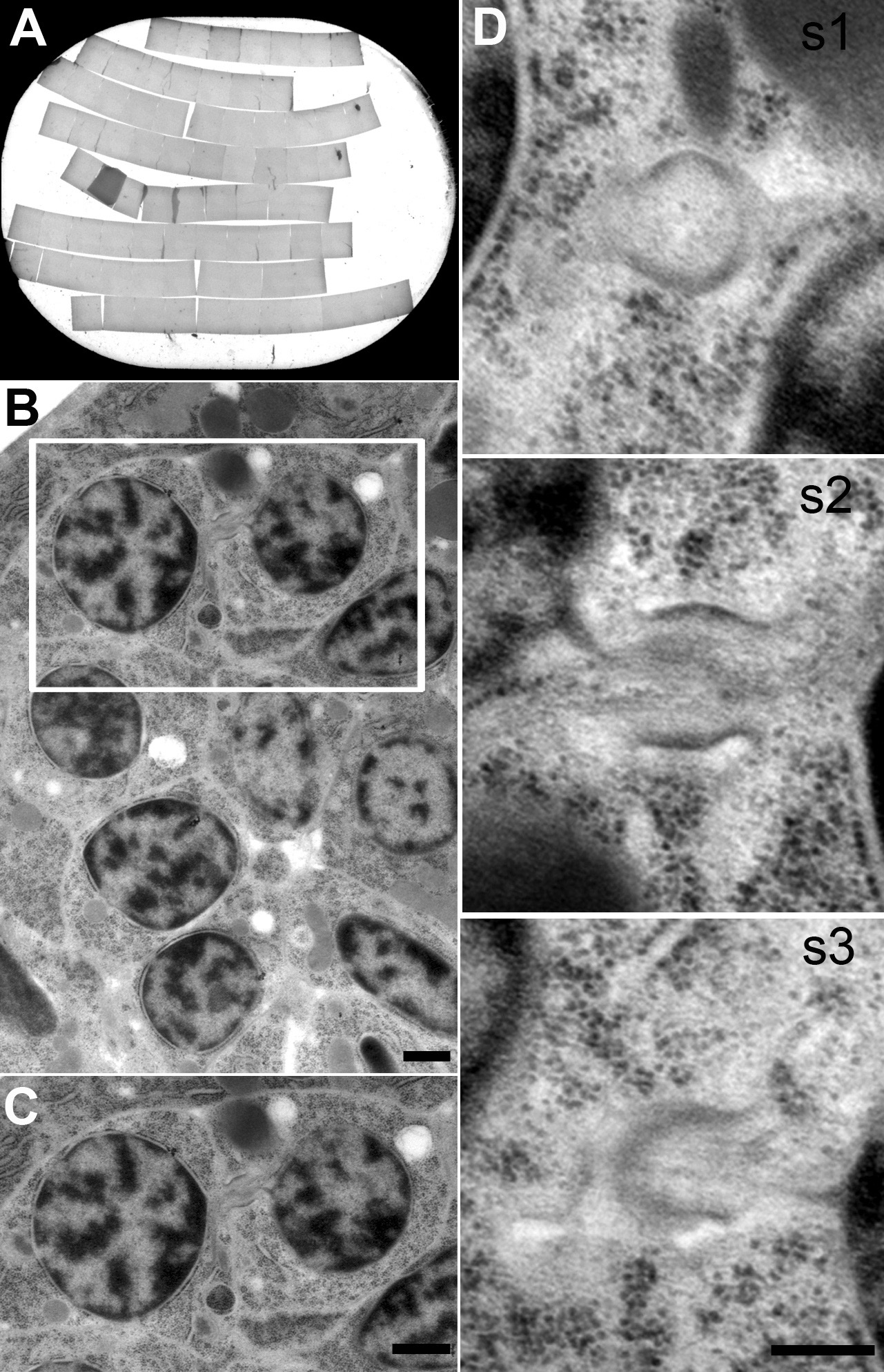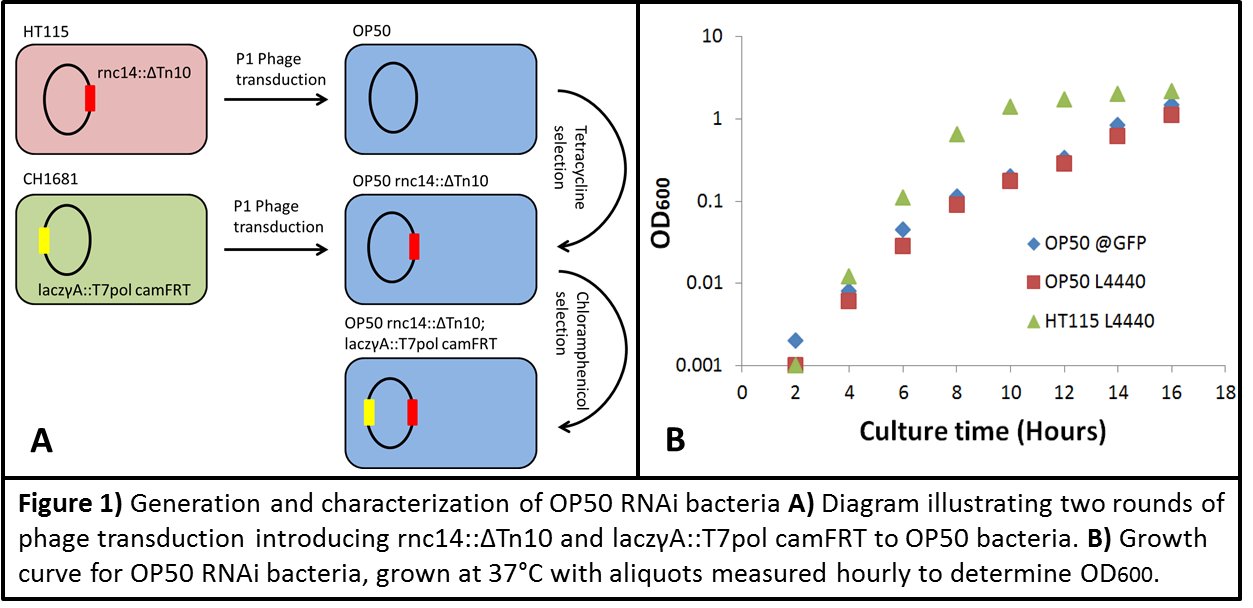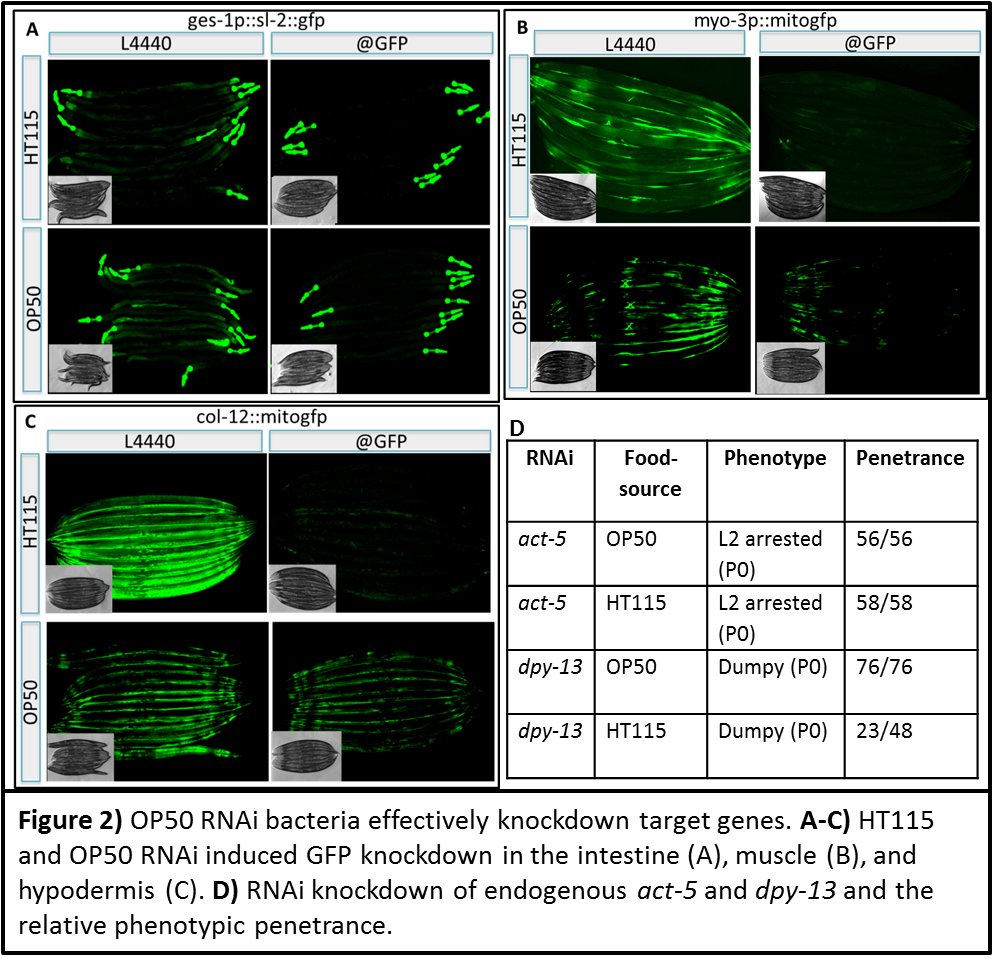2Geriatrics Research Education and Clinical Center, Veterans Affairs Puget Sound Health Care System, Seattle, WA 98108, USA.
3Division of Gerontology and Geriatric Medicine, Department of Medicine, University of Washington, Seattle, WA 98104, USA.
Figures

References
Ash, P.E., Zhang, Y.J., Roberts, C.M., Saldi, T., Hutter, H., Buratti, E., Petrucelli, L. & Link, C.D. (2010). Neurotoxic effects of TDP-43 overexpression in C. elegans. Hum Mol Genet, 19(16):3206-3218. 
Dosanjh, L.E., Brown, M.K., Rao, G., Link, C.D. & Luo, Y. (2010). Behavioral phenotyping of a transgenic Caenorhabditis elegans expressing neuronal amyloid-beta. J Alzheimers Dis, 19(2):681-690. 
Liachko, N.F., Guthrie, C.R. & Kraemer, B.C. (2010). Phosphorylation Promotes Neurotoxicity in a Caenorhabditis elegans Model of TDP-43 Proteinopathy. J Neurosci, 30(48):16208-16219. 
Ohta, A., Ujisawa, T., Sonoda, S. & Kuhara, A. (2014). Light and pheromone-sensing neurons regulates cold habituation through insulin signalling in Caenorhabditis elegans. Nat Commun, 5:4412. 





